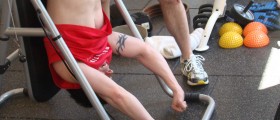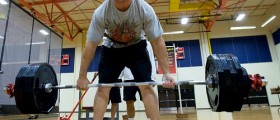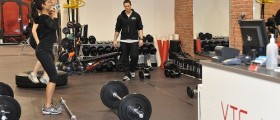
Introduction
10K runs, named after the length of their course (ten thousand meters, or ten Kilometres) are very popular with both recreational runners and pro runners. While recreational runners run for fun do not follow a strict training program and need only to enter a few races each season to deserve the title, professional runners have at least two seasons of running behind them, follow a strict training program that is often designed or adapted for them.
Professional athletes have more power and more endurance than recreational or intermediate runners. Their training includes more advanced and more intense exercises, such as intense strength training and explosive strength training, whose goal is to push their capabilities towards the physiological maximum. In order to move to more advanced level of competitiveness, one must include more difficult workouts into the training program and increase overall mileage.
A program designed for pro level athletes who prepare for a 10K race is typically based on cycles of twelve week training program followed by a short recuperation period of less intensive training and reduced mileage. New cycle starts with a higher level training program. This program will develop peak performance level that lasts from one to three weeks. Experienced athletes will probably make adjustments to the training program based on their needs and preferences.
Workout program
10K program designed for pro athletes consists of a series of warm-ups. These series consist of 10-15 minutes of relaxed running mixed with intervals of accelerated strides and dynamic drills, easy runs, held at reasonably comfortable pace (you can talk at this pace, but should not be able to sing), long runs (which cover greater distance than goal distance), speed training, designed for improvement of overall speed by increasing ability to maintain faster pace at longer distances.
Every serious athlete has experienced muscle pain after or during a hard training. This pain is caused by accumulation of lactic acid in muscles. To simplify it, imagine muscles as internal combustion engines. Lactic acid would then be exhaust gas. The trick is that our body can reuse lactic acid and get more energy from it through certain metabolic processes. However, there is a threshold (lactate threshold) to body's ability to reuse it and lactic acid that cannot be processed immediately accumulates, causes pain and reduces muscle efficiency. Exercises meant for increase in lactate threshold are also a vital part of 10K training for pro athletes.
Rest days, vital for rehabilitation, improvement of muscle and connective tissue, are also a vital part of such program.

















Your thoughts on this
Loading...